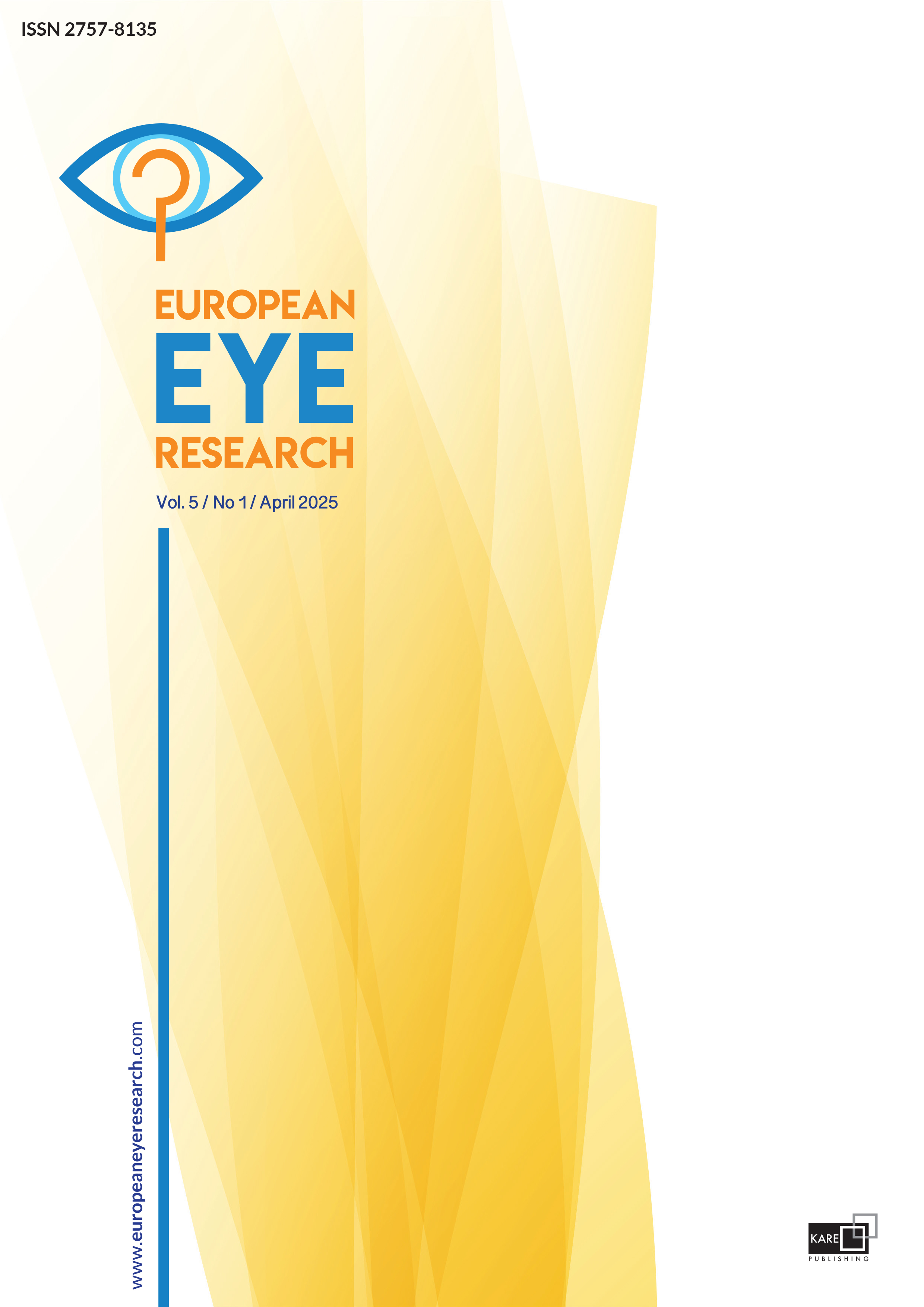

Comparison of costs of bevacizumab, ranibizumab, and aflibercept in loading dose administration for diabetic macular edema treatment: Observational cost analysis
Ali Altan Ertan Boz, Erkan CelikDepartment of Ophthalmology, Sakarya University Training and Research Hospital, Sakarya, TürkiyePURPOSE: Antivascular endothelial growth factor (anti-VEGF) medications find extensive utilization in addressing diabetic macular edema (DME). In December 2018, the Social Security Institution of Türkiye introduced the requirement of a loading dose of bevacizumab and subsequent unresponsiveness criteria for the application of other intravitreal drugs in retinal diseases. The aim of this study is to perform a cost analysis of bevacizumab use in the loading dose for DME treatment com-pared to the use of aflibercept and ranibizumab.
METHODS: Patients diagnosed with DME between 2019 and 2022, who received three consecutive doses of bevacizumab at 4–6 week intervals, were included in the study. The prices of anti-VEGF drugs were calculated in US dollars (USD) by taking the average of prices for the respective years. The average prices for the bevacizumab vials were 178.28 USD, 153.12 USD, 149.08 USD, and 138.83 USD for the years 2019, 2020, 2021, and 2022, respectively.
RESULTS: A total of 671 eyes were included in the study. The mean age of the patients was 67.8±10.2 (range 42–86) years. The mean best-corrected visual acuity improved from 0.21±0.13 (range 0.05–0.4) before injections to 0.45±0.11 (range 0.2–0.7) after three doses. No cases of retinal tear/detachment or endophthalmitis were observed. The total cost of 2013 doses of bevacizumab administered intravitreally to 671 eyes was 322.894,50 USD. The cost would be 791,640.96 USD if ranibizumab was used and 800,491.53 USD if aflibercept was used.
CONCLUSION: In the study, it was determined that bevacizumab is more affordable than other anti-VEGF drugs in the treat-ment of DME. Health-care systems may prefer less costly drugs to use their resources more effectively. However, the final decision in drug selection should always be made by doctors based on effectiveness for the benefit of the patient.
Manuscript Language: English



